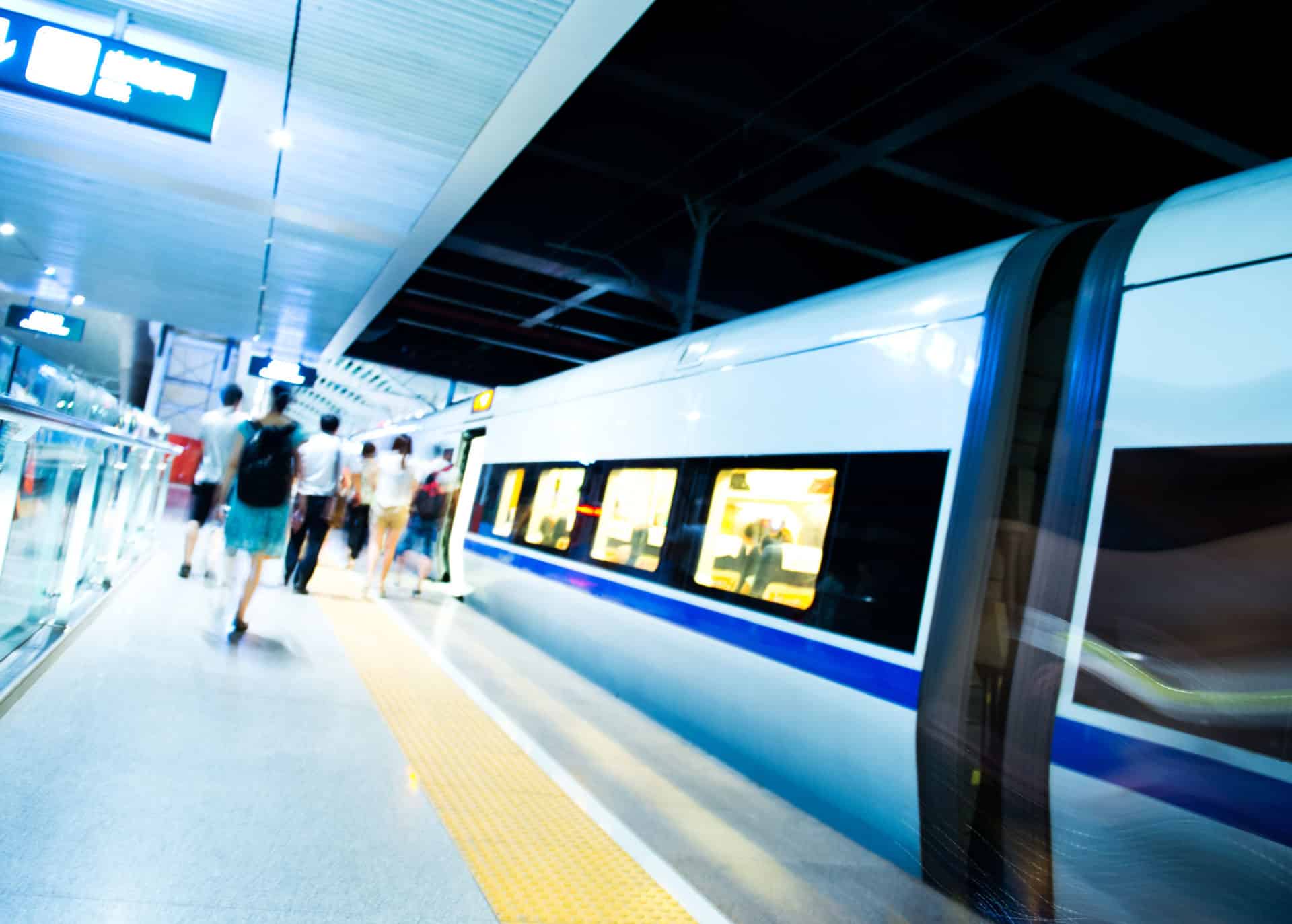Free Consultation
Free Consultation

Recently, the “A” train jumped the tracks near Eighth Avenue at Manhattan’s 14th Street station according to CBS News. Three passengers were hurt but no one was killed.
Authorities determined that a homeless man, locally known to cause mischief, placed a metal object on the tracks that caused the derailment.
This begs the question: When a train is derailed and people do get hurt, who is responsible? How does liability work when trains are involved? Read on to find out more.
The Transit Authority maintains, monitors, and provides the upkeep for the trains in New York and are normally accountable for accidents that occur there.
If they fail to keep the mass transit lines safe and secure, then they can be held liable for it. It’s important to remember, however, that more than one party can be at-fault for an accident.
That’s why if you’re ever injured on the train, you should get an attorney involved as soon as possible.
When an event causes the train to leave its rails it is termed a derailment. When derailment happens, people can get injured, even if the event is rather minor. The experience can be traumatic for passengers as well.
In case of a derailment, the cause of the accident will be identified during an official investigation. It will also be determined if negligence was involved or not.
Trains accidents are investigated by the National Transportation Safety Board. This organization is dedicated to determining the details involved in accidents that occur on public transportation.
Liability is typically determined during that investigation period as well. The reason for determining liability is that in cases of injuries involving derailment, the negligence has to be directly responsible for passenger injuries in order for them to receive compensation.
Of course, factors that contribute to an accident have liability as well. A good example is a train that derails due to debris on the tracks. That debris may mean that the Transit Authority was negligent and caused the accident.
Again, these sorts of factors are why you need an experienced attorney involved in the case to help sort through all aspects of the accident and identify parties that may be partially responsible for injuries.
While train derailment is rare, there are a number of more common accidents that one can experience on a train that can lead to injuries, and those liability cases work the same way.
The most common that bring about personal injury lawsuits include:
Slips, trips, and falls that result from poor lighting, broken stairs, defective equipment, or slippery floors are also common incidents in train stations and on trains.
If you are injured due to an accident on a train, then you only have 90 days from the date the accident occurred to file a notice of claim against the Transit Authority. Failure to do so will result in the automatic dismissal of your claim.
If you are involved in a train accident and injured, you shouldn’t wait to decide if you want to bring a lawsuit. Remember, you are owed a safe experience from the Transit Authority. If you don’t get one, then action may need to be taken to compensate you for your injuries.